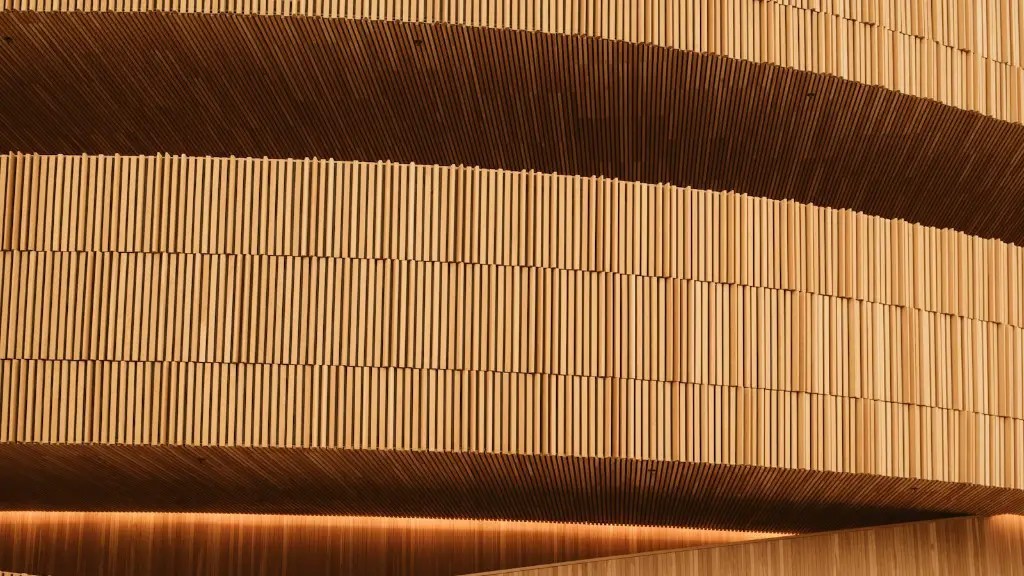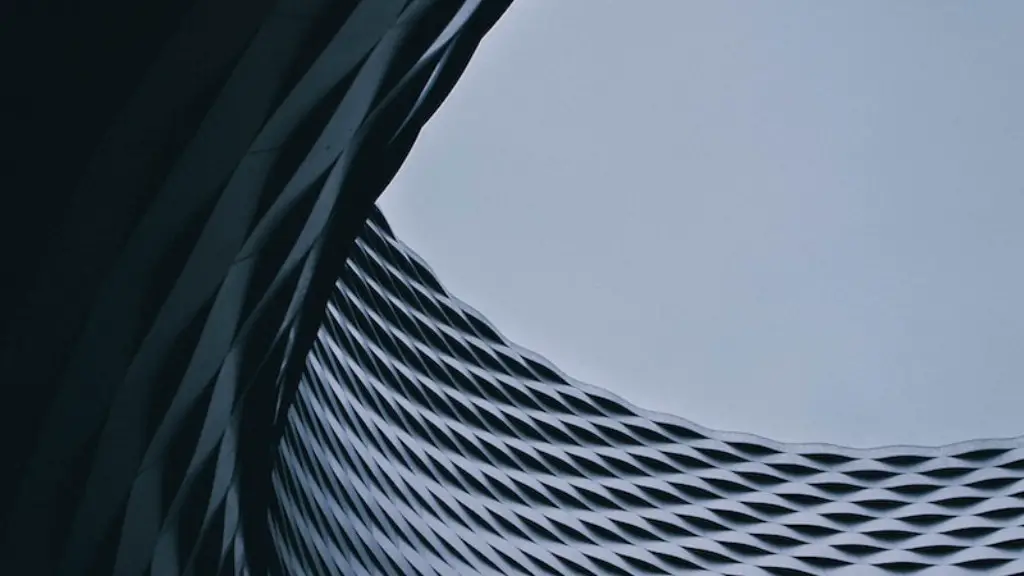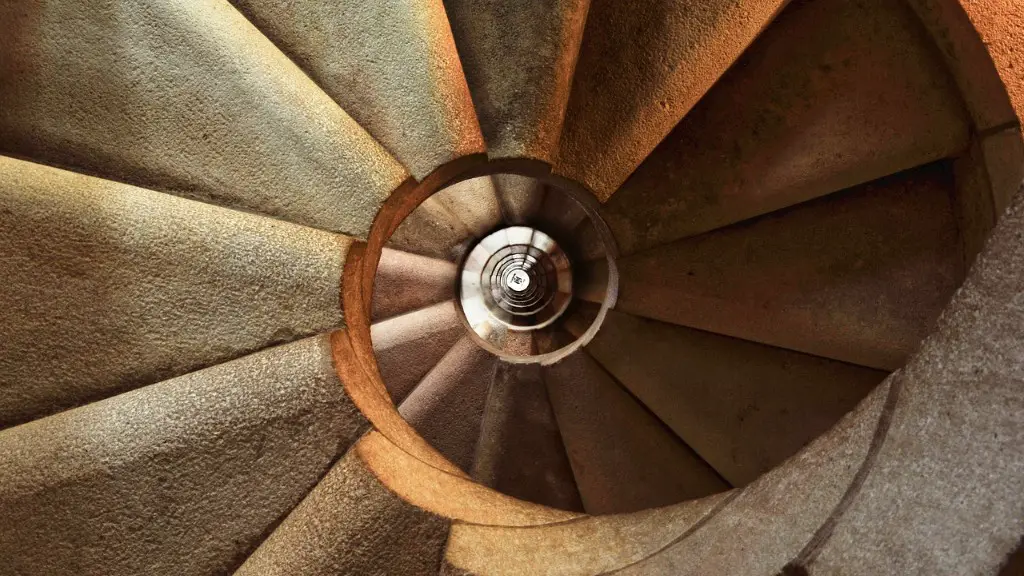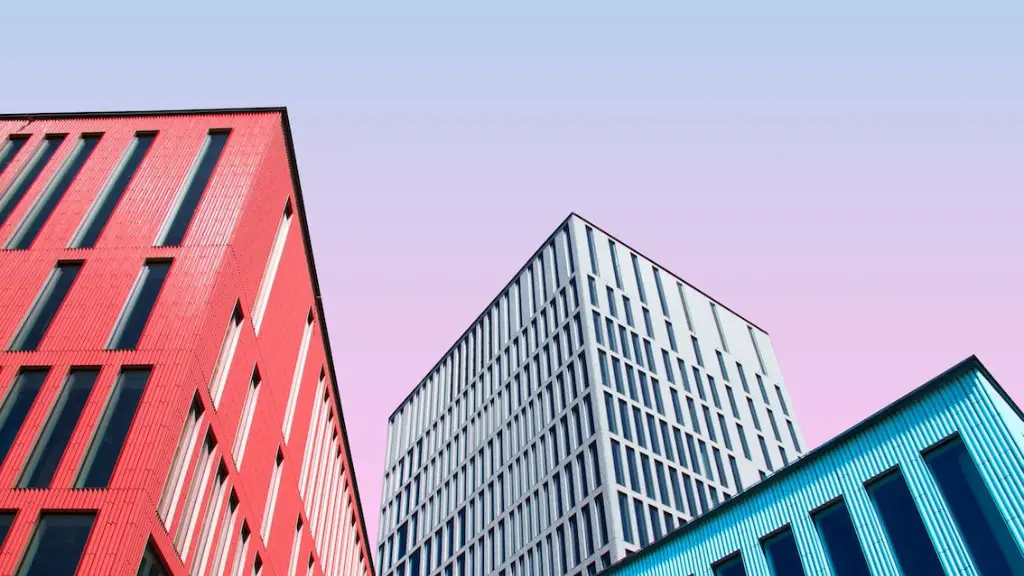Architecture that is designed to be environmentally sustainable and resource-efficient.
Green architecture is the practice of designing and constructing buildings with the environment in mind. This type of architecture focuses on using sustainable materials, incorporating green space, and maximizing energy efficiency.
What are 5 common characteristics of green architecture?
Green buildings are designed to reduce the overall impact of the built environment on human health and the natural environment. They are typically constructed using sustainable materials and energy-efficient methods, and they are located and designed to minimize the need for transportation. Some of the key characteristics of green buildings are:
Location and transport: Green buildings are typically located near public transportation and other amenities, to reduce the need for private vehicles. They are also designed to minimize the impact of transportation on the environment, through features such as electric vehicle charging stations and bike storage.
Sustainable sites: Green buildings are designed to minimize the impact on the natural environment. They often incorporate features such as green roofs and rainwater harvesting to reduce the need for water and energy.
Efficient use of water: Green buildings typically use less water than traditional buildings, through features such as low-flow plumbing fixtures and water-efficient landscaping. They may also capture and reuse rainwater and greywater for irrigation and other purposes.
Energy and atmosphere: Green buildings are designed to be energy efficient, through features such as energy-efficient windows and insulation. They may also incorporate renewable energy sources such as solar panels and wind turbines.
Materials and resources: Green buildings are typically constructed using sustainable and
The Shanghai Tower is an iconic structure in China that is known for its sustainable design features. The building has a transparent second skin that helps to capture air and create a buffer for natural ventilation. This reduces energy costs and also powers the exterior lights with wind turbines. The tower is also home to a variety of businesses and organizations, making it a thriving community in the heart of Shanghai.
What are the 5 principles of green building
Green building is the practice of creating structures and using processes that are environmentally responsible and resource-efficient throughout a building’s life-cycle from siting to design, construction, operation, maintenance, renovation, and demolition.
The five principles of green building are:
1. Livable communities: Creating communities that are safe, healthy, and comfortable for all residents.
2. Energy efficiency: Reducing the amount of energy required to operate a building.
3. Indoor air quality: Improving the air quality inside a building.
4. Resource conservation: Using resources efficiently and minimizing waste.
5. Water conservation: Reducing the amount of water used inside and outside a building.
Green architecture, also known as sustainable design, is the philosophy of designing and constructing buildings with consideration for their impact on the environment. Green architecture advocates for the use of sustainable energy sources, the conservation of energy, the reuse and safety of building materials, and the siting of a building with consideration of its impact on the environment.
What are the 7 most common green building practices?
The 7 Green Building Components help to make buildings more sustainable and environmentally friendly. Aluminum panels help to regulate indoor temperature and prevent moisture and pests from entering. Energy efficient windows help to reduce energy consumption and greenhouse gas emissions. Green roofs help to reduce stormwater runoff and improve air quality. Solar power can help to reduce energy consumption and provide renewable energy. Water conservation can help to reduce water consumption and minimize the impact on the environment. Recycling can help to reduce waste and conserve resources. Landscaping can help to improve air quality, reduce stormwater runoff, and provide habitat for wildlife.
Green buildings are designed to reduce the overall impact of the built environment on human health and the natural environment. They are typically constructed using materials and methods that are environmentally friendly, and they are often equipped with energy-efficient heating, cooling, and ventilation systems. Green buildings can also be designed to maximize the use of natural lighting and to minimize the need for artificial lighting.
What are the main goals of green architecture?
Green architecture is a great way to design buildings with a minimal negative impact on the environment. By using sustainable materials and energy sources, green architecture can help reduce the overall carbon footprint of a building. Additionally, green architecture can help to improve air quality and promote the use of renewable energy.
A green building has four main elements or components on which it is designed: materials, energy, water and health to make green building more sustainable.
In terms of materials, green buildings typically use sustainable materials such as bamboo or recycled materials. In terms of energy, green buildings often use solar panels or wind turbines to generate power. In terms of water, green buildings often collect rainwater or use grey water systems. And in terms of health, green buildings often have good ventilation and air quality.
Is green architecture really sustainable
Green architecture, also known as sustainable architecture, is the practice of designing, constructing and operating buildings and other structures with minimal environmental impact. Green architecture is an approach to building that minimizes the impact of construction on the environment. The goal of green architecture is to create sustainable buildings—those that are environmentally responsible,resource-efficient, and healthy places to live and work.
The key challenges that hinder the implementation of sustainable building processes are inadequate training and education, unfamiliarity with green technologies, and higher initial costs of green construction practices and materials.
What does LEED stand for?
Leadership in Energy and Environmental Design (LEED) is the most widely used green building rating system in the world and provides a framework to create healthy, highly efficient and cost-saving green buildings. LEED certified buildings use less energy, water and other resources, and generate less waste than traditional buildings.
There are various ways to reduce waste and conserve resources in construction projects. Some of these methods include:
1. Limiting the materials used to reduce waste
2. Controlling waste management, such as separating and recycling waste
3. Constructing green buildings
4. Adaptive reuse projects that transform old buildings
5. Managing construction sites to improve conservation efforts
In what way green architecture is a disadvantage
It is important to find sustainable materials for buildings, especially in urban areas where the environment is more at risk. Shipping these materials can be costly, but it is worth it to preserve the environment.
1. Wastewater treatment: This is a process of cleaning water that has been contaminated by someone or something. There are many different ways to do this, but one of the most common is to use bacteria to eat away at the contaminants.
2. Elimination of industrial emissions: This is the process of removing harmful gases and particulates from factories and other industrial sources. This can be done through a variety of means, such as scrubbers, filters, and catalytic converters.
3. Recycling and waste management: This is the process of collecting and properly disposing of materials that would otherwise be considered waste. This includes things like glass, plastic, metal, and paper.
4. Self-sufficient buildings: These are buildings that are designed to be as independent as possible from the surrounding environment. This means things like using solar panels for power, rainwater for drinking and irrigation, and green roofs to keep the building cooler in the summer.
5. Waste-to-Energy: This is the process of using waste materials to generate energy. This can be done through a number of means, such as incineration, anaerobic digestion, and gasification.
6. Generation of energy from the waves:
How do you convert an existing building into a green building?
Recycling and reuse of waste water with the right treatment, making use of organic as well as inorganic solid waste for more purposeful uses like composting and power generation, can complement further in converting existing buildings into green ones.
Green buildings are beneficial for the environment because they use more efficient and renewable materials for construction. However, these materials can be more expensive.
Conclusion
Green architecture is an approach to building that focuses on creating structures that are environmentally responsible and resource-efficient throughout their life-cycles.
Green architecture is a sustainable approach to design and construction that minimizes the negative impact of the built environment on human health and the natural environment.





